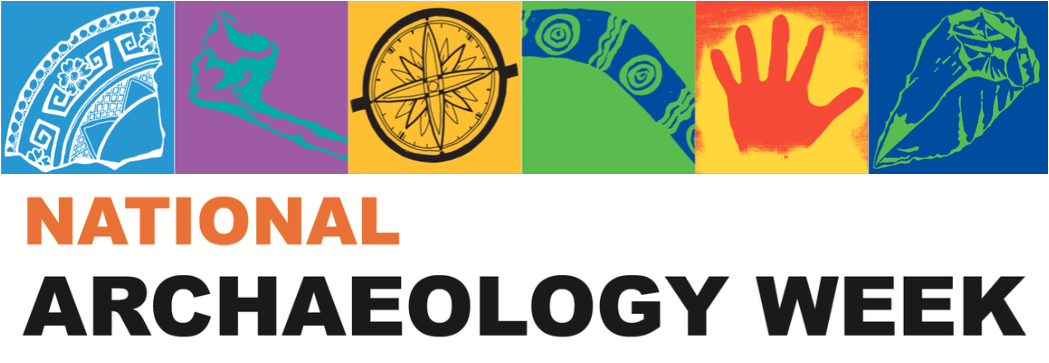Emma Moore
Name
Emma Moore
Current position
I am employed with GML Heritage Victoria as an Archaeologist and Graduate Consultant. I get to do a little bit of everything in my role, from historical research and archaeology to cultural values assessments and even dabbling in some projects with the built heritage team when the opportunity arises.
Where did you study?
I studied at La Trobe University, graduating with a Bachelor of Arts (Archaeology) in 2020.
How did you become interested in archaeology?
It is hard to pinpoint exactly when I became interested in archaeology. My parents always recount my obsession with shipwrecks that developed around the age of four as being an early indicator. It put a bit of a downer on the 2003 family trip on the Spirit of Tasmania when I kept questioning if there were enough lifeboats for all souls on board.
My dad did his Year 10 work experience at the Victorian Archaeological Survey in 1984, and wanted to be an archaeologist himself. When I was a kid, he would take every opportunity to point out hearths, scarred trees and shell middens in the landscape, he still does. We would always watch Time Team together on a school night and to this day I will watch any documentary Tony Robinson puts out.
What archaeological projects are you working on at the moment?
At the moment I am working on an Aboriginal Cultural Values Assessment on Gunditjmara Country, historical archaeology projects in Glenrowan and Ballarat, a Cultural Heritage Management Plan in the Melbourne CBD and artefact management for a maritime archaeology assemblage.
Tell us about one of your most interesting archaeological discoveries.
I love artefacts and being able to understand the context in which people lived by the rubbish they leave behind. When I was working in artefact management on a site in Bendigo there was this tiny ceramic bust of General Gordon, who was beheaded in Sudan during the Mahdist War.
We also recorded an Egyptian style amulet, which seemed particularly out of place for the middle of Bendigo, that was a relic of the surge in Egyptomania in Australia after the discovery of the tomb of Tutankhamun. It was so interesting to be able to connect this site in Bendigo to what was happening at the time globally.
Tell us about a funny / disastrous / amazing experience that you have had while doing archaeology.
My colleague and I found ourselves on the seabed of Port Phillip Bay which had been drained so that we could get access to a historical jetty. Unfortunately, the site also included an eel infested drain that we had to navigate by dim torch light in the middle of winter. Those eels were not happy about being disturbed and they made their feelings known.
What’s your favourite part of being an archaeologist?
My favourite part of being an archaeologist is that I am constantly learning. With every project I work on I get wrapped up in the research and the stories that I uncover.
Follow up reading

